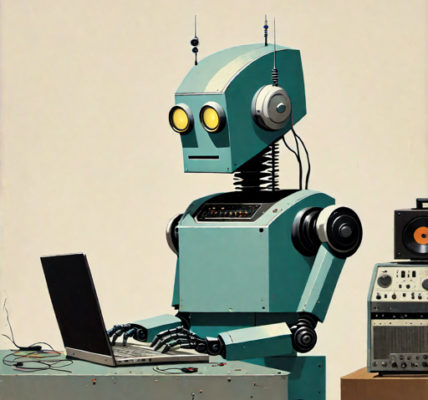
How do artists get paid for streaming music?
Streaming music platforms do not pay artists directly. They pay royalties to the companies distributing the music; those companies then pay artists a percentage of that. That’s the simple version. If the rights holder is a record label, then the label gets the money. Depending on the label, different things can happen, thus effecting how the artist is paid.
The two major ways streaming platforms make their money: Subscriptions and ads.
There’s a total amount of generated income for the platform. How much they pay out as royalties is confidential and decided in the board meetings.
Now we have a “money pot”, containing all royalty revenue in one pool. This is split between all the tracks on the platform. This amount is dependent upon how much money they generated overall (from subs and ads) and could be put into the money pot, so that can fluctuate every year depending on the economy. In other words, if Spotify is losing a lot of money due to a bad economy and a drop in subscribers, there’s less money in the royalty pot that will go to artists.
At this point, we must note one subtle factor in getting paid that artists generally overlook. Since the royalties allocated to a single track equals the proportion of total streams on the platform (all artists and songs), the raw stream count of a particular artist becomes less important.
The number that becomes more important here is the overall streaming number proportioned across all streams on the entire platform. In other words, this is a joint effort, and every artist on that streaming platform plays a very important role in the generation of money for everybody.
This is where it becomes necessary to choose your distributor or record label carefully.
Some distributors allow artists to keep 100% of their royalties, but they can only do this by charging a fee to use their services. Record labels, on the other hand, generally make their money by taking a cut of what the artist is generating. That gets more complicated, as the label works more like an investment bank for the artist.
The way royalties from streaming platforms are distributed and calculated are the reason why it’s important to not depend on streaming your music as a major source of income. Because it just isn’t a sustainable source on its own.
The New Wave Of Streaming Income
In 2023, The Living Wage for Musicians Act became a thing in the US. This would bypass the middleman (distributors and labels) and send the money from streaming services straight to artists.
But how does this really work?
In order to get more money to artists and still sustain the streaming platforms, we have to start a new money pool. Subscription prices to Spotify, Apple, and the like will rise, and the levy on streaming companies will rise as well.
What is a levy for streaming companies? To put it simply, it works a lot like property taxes. If something can be watched or listened to, it can be streamed. And if it can be streamed, we’re talking communications taxes. Traditional communications; satellite radio, television, AM/FM radio, etc., have always paid communications taxes, as their content “lives” on a designated “property” called radio waves, microwaves, and infrared light. Bandwidth is just a way to designate how much of those waves a communication like music is allowed to take up.
So now, we’re using a new money pot that’s covered by another levy percentage to companies in addition to higher subscriptions for customers. And what happens to the original money pot? It still does what it’s been doing. Artists are simply seeing an increase in their income because of the newly added money pot number two. It’s a new royalty on top of the old one.
There’s also another thing to consider about The Living Wage for Musicians Act. It’s got a cap on what it’s paying. The idea is to equalize the income between major and unknown artists. If a track generates one million streams per month, there’s a cut off at that one millionth stream. Any money generated after that goes back into the second money pot for a pay out to everyone.
In the end, the best way for both companies and artists to get more income from their work is to cooperate. Platforms can’t exist without artists, and artists need those platforms. Music culture has been deteriorating due to AI music generation and automated music channel opportunities.
So while it’s not a good idea to put all your energy into building up streams, it’s also not a good idea to ignore it completely. Just learn to balance your efforts.



